The Timeless Art of Traditional Fermentation: A Journey Through Flavor and Culture
For millennia, fermentation has been a cornerstone of human culinary traditions, transforming humble ingredients into complex, flavorful, and often more nutritious foods. Unlike modern industrial methods, traditional fermentation relies on time-honored techniques passed down through generations, where patience and intuition play as much a role as science. From the tangy kimchi of Korea to the effervescent kefir of the Caucasus, these age-old practices offer a window into the cultural soul of communities worldwide.
At its core, traditional fermentation is a dance between microorganisms and raw ingredients. Wild yeasts, lactic acid bacteria, and other microbes work their magic without the strict controls of laboratories. In rural villages, fermentation vessels are often made from local materials—clay pots, wooden barrels, or even animal hides—each imparting subtle characteristics to the final product. The environment itself becomes an ingredient, as regional microflora contribute distinct flavors impossible to replicate elsewhere.
The Rhythm of Seasons
Traditional fermentation follows nature's calendar rather than production schedules. Sauerkraut was historically made during autumn harvests when cabbages reached peak sweetness before winter. Miso production in Japan aligns with cold months to allow slow, controlled fermentation. This seasonal awareness creates products deeply connected to their terroir, much like fine wine. Artisans read weather patterns like recipes, adjusting techniques based on humidity, temperature, and even lunar cycles according to some traditions.
In cheese caves across Europe, affineurs monitor wheels with senses honed by experience—the springiness of a young Comté, the floral notes developing in a Roquefort. These custodians of flavor understand that true fermentation cannot be rushed. Where factories measure time in hours, traditional methods count in weeks, months, or years. The legendary balsamic vinegars of Modena spend decades in attics, concentrating flavor through successive transfers of barrels made from different woods.
Microbial Alchemy
What appears simple often conceals remarkable complexity. Korean doenjang (soybean paste) undergoes a dual fermentation where molded grains provide enzymes to break down soy proteins over years. The process creates umami compounds modern science is still unraveling. Similarly, Amazonian tribes ferment cassava to remove cyanide, while simultaneously developing probiotic cultures that support gut health—a brilliant food safety solution born from necessity.
Alcohol fermentation reveals particularly fascinating regional adaptations. Georgian qvevri winemaking buries clay vessels underground, allowing stable temperatures for spontaneous fermentation while skin contact creates orange wines with tannic structure. Contrast this with Belgian lambic brewers exposing wort to Brussels' native airborne yeasts in their attics—both methods embracing wild microbes rather than fighting them.
Endangered Wisdom
As industrialization spreads, many traditional techniques risk disappearing. Mass-produced versions often shortcut processes, using additives to mimic flavors achieved naturally through time. Japanese shoyu (soy sauce) traditionally brewed for eighteen months now has counterparts made in days through acid hydrolysis. While efficient, these lack the depth and nutritional benefits of proper fermentation.
Yet hope persists through small-scale practitioners keeping methods alive. In Oaxaca, mezcal producers still pit-roast agave hearts in earthen mounds, fermenting with wild yeasts in wooden vats. Scandinavian farmers maintain the art of dry-fermenting gravlax under birch bark. These artisans become living libraries, their hands remembering what manuals cannot fully capture.
The revival of interest in traditional fermentation speaks to our longing for connection—to food with stories, to microbial ecosystems within and around us. As we rediscover these ancient processes, we don't just preserve recipes; we safeguard a fundamental human relationship with transformation, where time and nature collaborate to create something greater than the sum of their parts. In an age of instant gratification, traditional fermentation reminds us that some of life's richest flavors require nothing more than patience and trust in invisible forces working their slow, delicious magic.

By /May 21, 2025
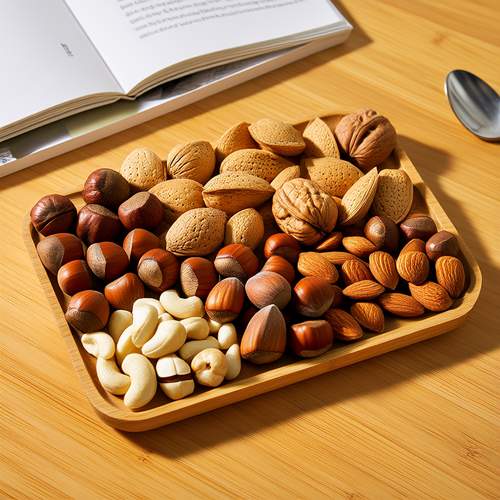
By /May 21, 2025

By /May 21, 2025
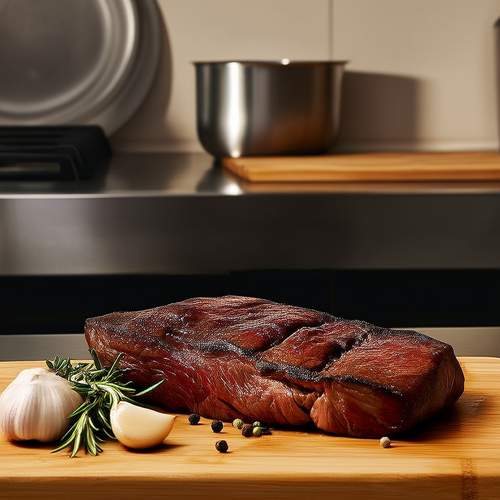
By /May 21, 2025
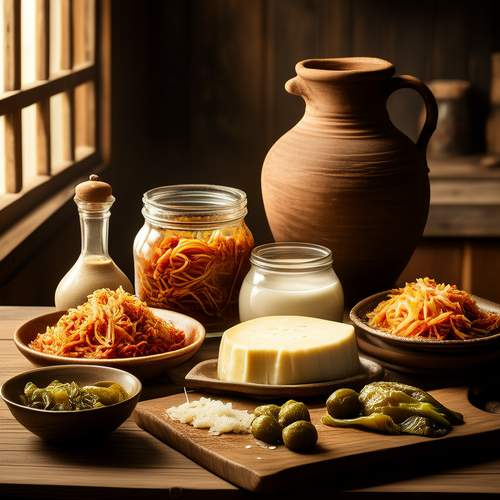
By /May 21, 2025

By /May 21, 2025

By /May 21, 2025

By /May 21, 2025

By Michael Brown/May 18, 2025

By James Moore/May 18, 2025
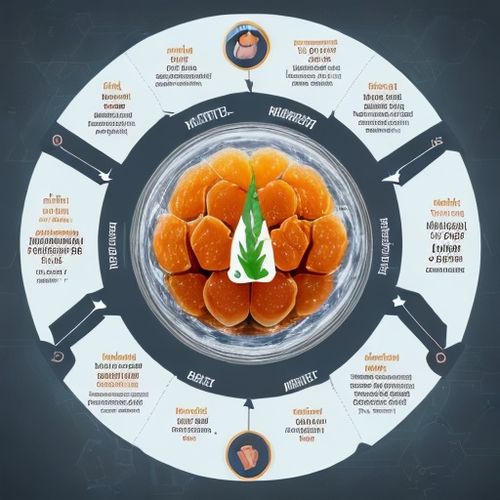
By Thomas Roberts/May 18, 2025

By Amanda Phillips/May 18, 2025
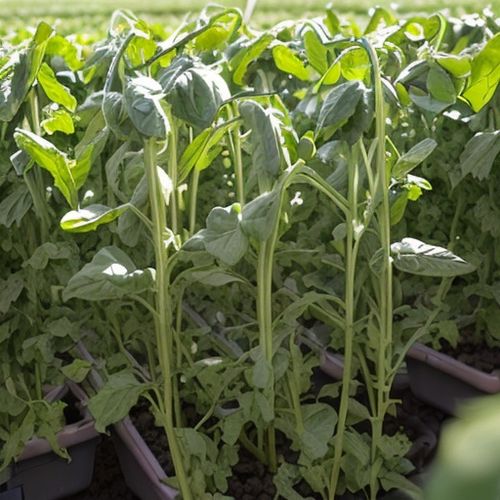
By James Moore/May 18, 2025
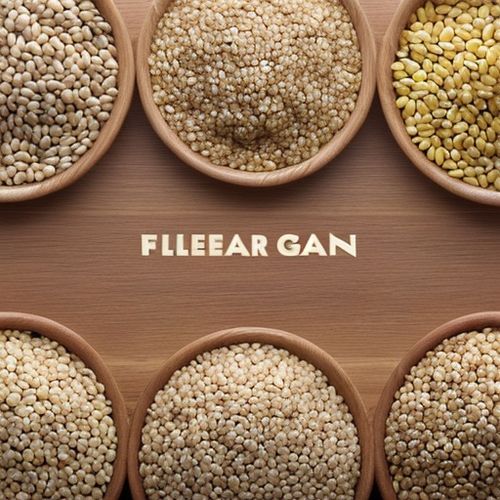
By Laura Wilson/May 18, 2025

By Emily Johnson/May 18, 2025
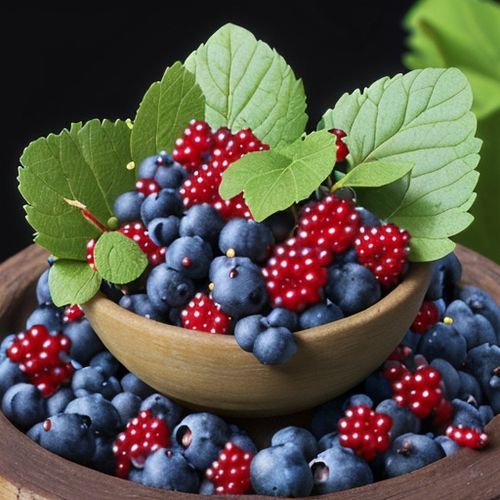
By Joshua Howard/May 18, 2025
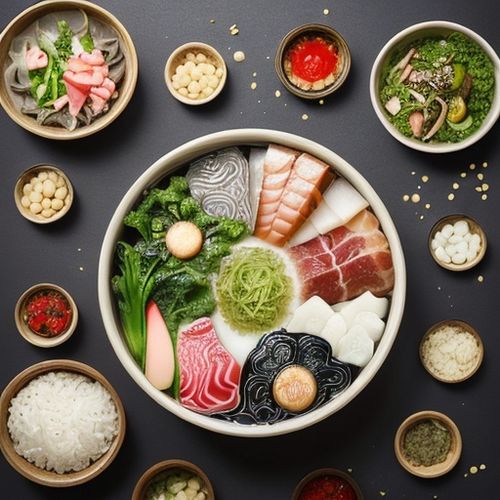
By David Anderson/May 18, 2025
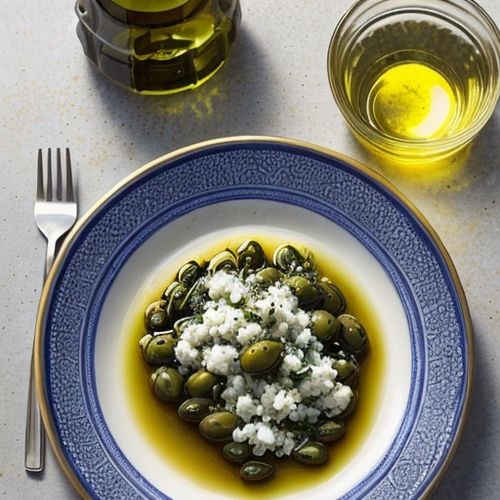
By Sophia Lewis/May 18, 2025

By John Smith/Apr 22, 2025
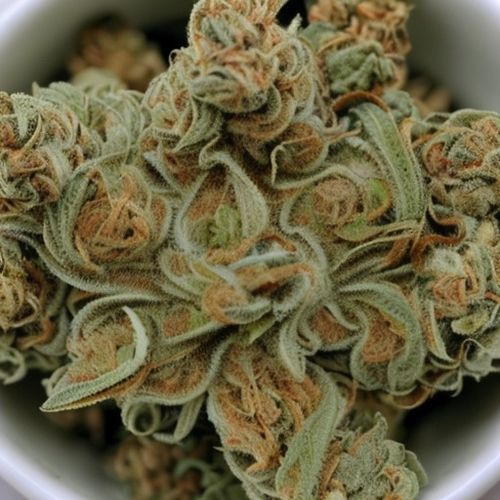
By Emma Thompson/Apr 22, 2025